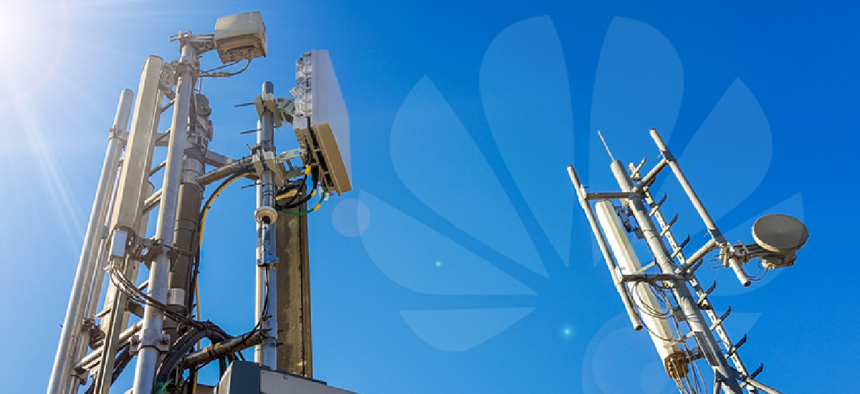A 5G future without Huawei?

A slower, consensus-based approach to 5G development would be a better option than adopting low-cost, available technology from Huawei, three former top Department of Homeland Security officials said.
A slower, consensus-based approach to 5G development would be a better option than adopting low-cost, available technology from Chinese manufacturer Huawei, according to three former top Department of Homeland Security officials.
In a Sept. 24 teleconference with reporters, former DHS Secretary Tom Ridge, Nate Snyder, a former DHS senior counterterrorism official in the Obama Administration, and Chris Cummiskey, former DHS undersecretary for management, voiced their growing concerns about a 5G supply chain based on Huawei, which they said poses a threat to telecommunications infrastructure.
"Huawei is state owned and state controlled," said Ridge. "China's economic espionage and backing the 2015 hack of the U.S. Office of Personnel Management show the Chinese government has no qualms about stealing critical U.S. data through nefarious sources."
Last May, The Commerce Department banned Huawei from buying parts and components from U.S. companies.
All three of the former DHS officials advocated for more federal and private-sector investment to develop 5G hardware and software and a more standardized, open source-based approach to 5G technology.
Ridge, Snyder, and Cummiskey pointed to international 5G standardization efforts such as those being developed by the Open Radio Access Network (O-RAN) Alliance. That effort looks to allow network providers to mix 5G radio base station hardware and software from a number of different suppliers.
All global 5G providers, except Huawei, are part of O-RAN, according to Snyder. The alliance backs open access standards for 5G equipment and software that will allow smaller providers to build 5G equipment and software, breaking up proprietary systems.
The slower, open standard approach will benefit federal networks as well as those on the commercial side, according to Cummiskey, who runs his own consultancy and is a senior fellow at the George Washington University's Center for Cyber and Homeland Security.
"The convergence of cloud, data center consolidation and mobility [provides] a lot of opportunity for problems" to develop in federal networks as 5G technology moves ahead, Cummiskey said.
The national strategy to take a slower approach, he said, "is a good first move to give the U.S. time" to get more federal and private investment in 5G technology. Funding through the Defense Department and national laboratories to develop 5G technologies can help too, he said.
This article was first posted to FCW, a sibling site to GCN.
NEXT STORY: Elections can't be secured by funding alone





